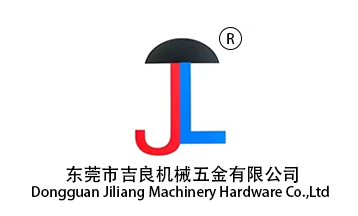Electroplating — This process uses electrolysis to deposit a layer of metal (such as zinc, nickel, or chromium) on the rivet surface. This not only improves aesthetics but also prevents surface corrosion. These are also used to reduce rust, along with zinc coatings, and nickel and chromium coatings are used to increase resistance to abrasives and increase gloss.
Hot Dip Galvanizing: In this approach, rivets are kept in liquid zinc which leads to a thicker coating of zinc. This procedure is ideal for areas with high corrosion, such as outside or marine environments.
Phosphating treatment: Phosphating forms a protective film on the surface of the rivet, which makes it better in terms of corrosion resistance and lubrication. Commonly used in rivets that will be coated afterwards.
Oxidation treatment: Oxidation treatment allows the formation of oxide film obtained by chemical and electrochemical methods, e.g. anodizing of aluminum alloys. It increases hardness and corrosion resistance.
Or an organic coating in the form of epoxy or polyester can be applied to the rivet surface using spray or dip coating techniques. There are additional coatings available that serve as further protection and allow for different colors to be available.
Mechanical Plating — In this process, metal powders (such as zinc) are attached to the rivet surface via mechanical impact. The process is suitable for complex shapes and provides a uniform coating.
Dacromet Treatment: In Dacromet treatment, a coat consisting of a mixture of Aluminium, Zinc, and Chromate solution is sprayed over the sheet. This offers excellent corrosion resistance with high-temperature capabilities.
Submit for an Online Quote:
Send us (sale802@jiliang988.com) the completed form along with your drawing, and we’ll provide you with a fast and competitive quote.
If you have any questions or need assistance, feel free to contact us. We’re here to help!

 Language
Language








